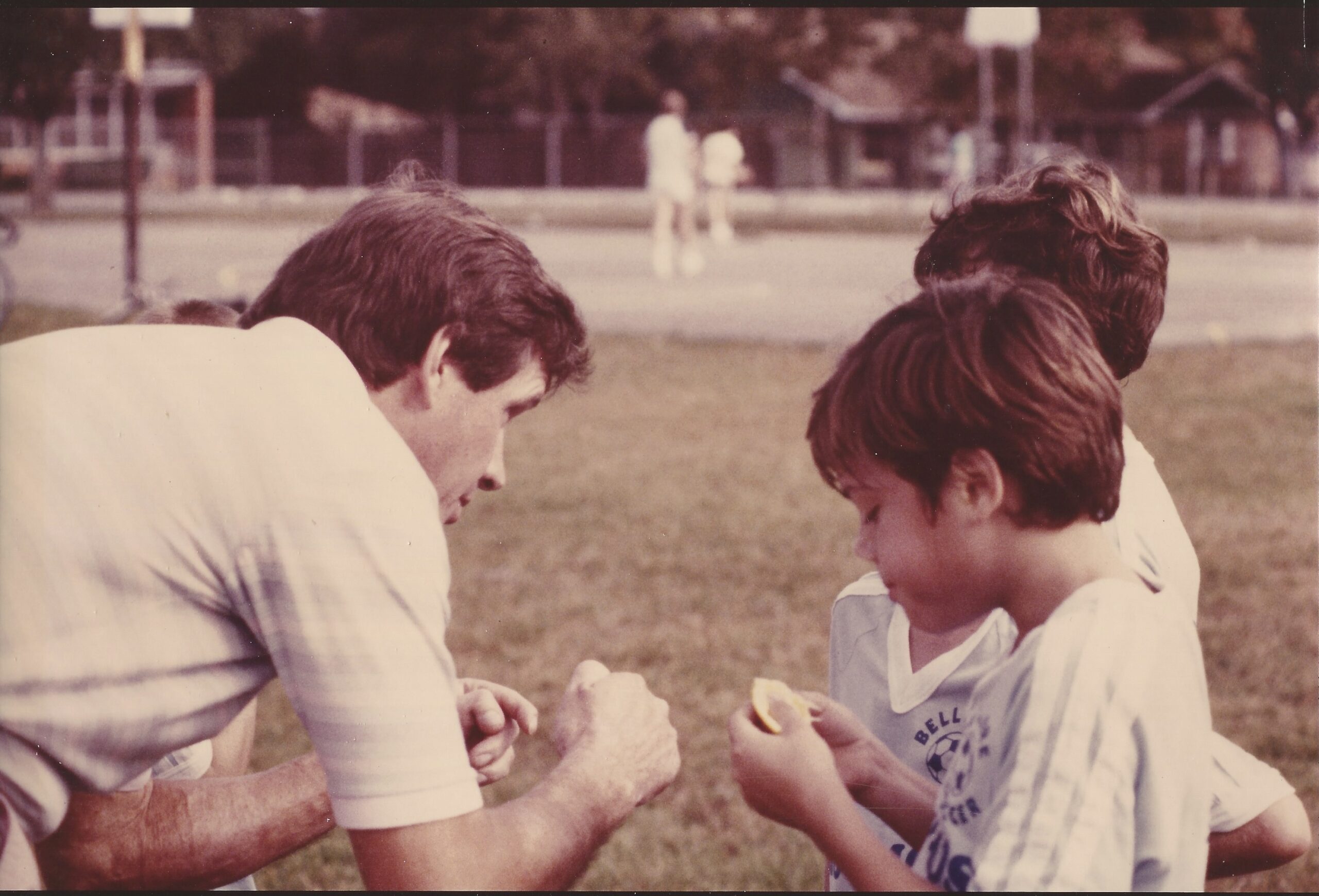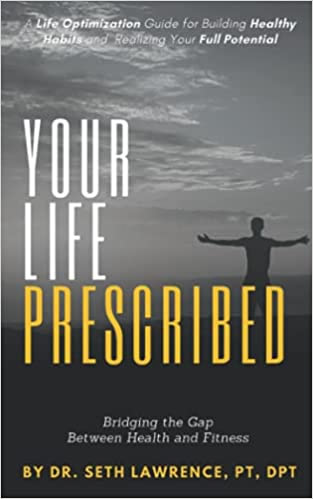The age of technology is glorious, isn’t it? It allows us to reach distant places around the world with the speed of an airplane or learn about anything we can think of with the click of a button. It allows us to do more with less effort and communicate in ways we never thought imaginable. In some ways, it provides us with more opportunities and in some, it increases laziness. I remember the other day I was complaining to myself because I had to press so many buttons just to leave the house. Turn on the car, close the garage, press play on the music, and adjust the air conditioning, what a hard life. We find ourselves in front of computers and cell phones more than we realize. This has led to an increase in functionality in some cases, but in parallel, it provides more opportunities for injury. Think of it this way. If we are sitting looking down we tend to slump forward and slouch more. Gravity is going to assist us in this habitual bad posture and help create poor motor patterns that we must be aware of.
The human body is amazing in that it will adapt to the forces placed upon it. If we run a lot our lungs will be able to tolerate the increased oxygen demand on our muscles and along with our heart be able to deliver that needed oxygen with increased efficiency, i.e. we become a better runner. If we stretch often we become more moveable through increased ranges of motion. On the flip side of those positive habits, if we sit all day with poor alignment the box that we live in will shrink more every day, and will lose the ability to move with smooth, pain-free full range of motion. Our muscles get tight and our joints become misaligned. This will cause pressure on other sensitive tissues like nerves and discs. In turn, causing much bigger problems than just tight muscles.
The intervertebral disc is a complex cartilaginous structure that is in popular opinion, the principle contributing tissue involved in spinal pain. The main parts of the disc are the neurovascular capsule in the very middle of the structure the fibrous outer annulus, the inner less fibrous annulus, the nucleus pulposus, and the cartilaginous endplate that contacts the superior and inferior vertebrae.
Think of the disc as a gelatinous ball bearing surrounded by a strong ligamentous wrapping. This ball bearing (the nucleus) is pressed backward when our head is in front of our shoulders. The back part of the disc opens and is more susceptible to injury. Once the outer annulus (surrounding ligament) is torn or traumatized, the gelatinous substance and the nucleus start to press on the nerves that stem from the spinal cord traveling to the arms.
Signs and symptoms
Depending on how severe the injury is, the pain that one feels can come from the disc itself and would be experienced locally, or the nerve that is being impinged upon sending pain, numbness, and tingling into the distal extremity as far as the hand. If the injury is severe enough the annulus can tear and the gel seeps out never to be put back in. Like toothpaste in its tube. When this happens the disc space decreases and the space where the nerve was once comfortably traveling now is limited. Any pressure on a nerve is bad. Whether it is from the bulging disc or the narrowing space (foramen), it will lead to numbness, tingling, and eventually weakness and atrophy (shrinking) of the muscle it innervates (communicates with). Constant neck pain will develop and the feeling of the arms and or hands going to sleep will increase over time.
Mechanism of Injury MOI
There’s a lot that can go wrong in the cervical spine (neck) and when it does it can cause debilitating pain in any position. Discal pain or a herniated (bulging) disc can come from trauma like a fall or a motor vehicle accident. Or it can come over time from continuous strain stemming from forces applied to it by constant bad posture
Clinical pearls
In the case of immediate trauma, like a MVA or a slip and fall, extension exercises and nerve glides can be done to address cervical spine pain and neural tension and minimize further injury to the disc. Degenerative changes in the disc can be mitigated by strengthening exercises, mobility and flexibility techniques, and postural awareness. Methods can be implemented to hold us accountable to good posture with reminders on our computers, phones, and accountabilibuddies.
The Bridge
Maintaining good posture by taking a few extra steps throughout the day will help keep us out of trouble. Consistent stretching and mobility implemented in your daily workout and or morning routine can keep us moving and decrease our chances of developing degenerative disc disease (gradual degeneration of the spinal discs). If we make it a priority, sooner than later good posture becomes a habit, not a hassle. Spend the time and money now so we won’t have to pay for injury and sickness later.




